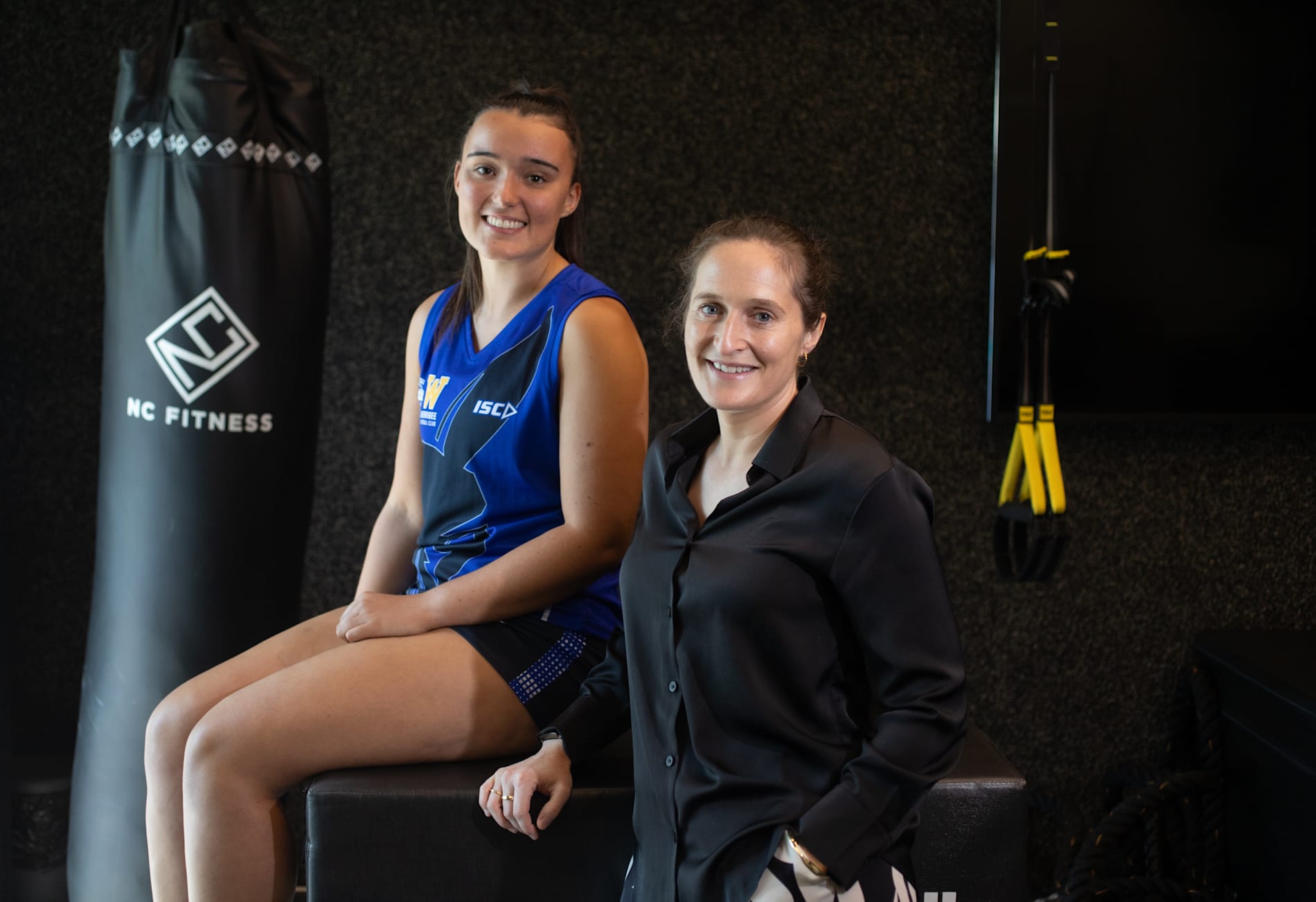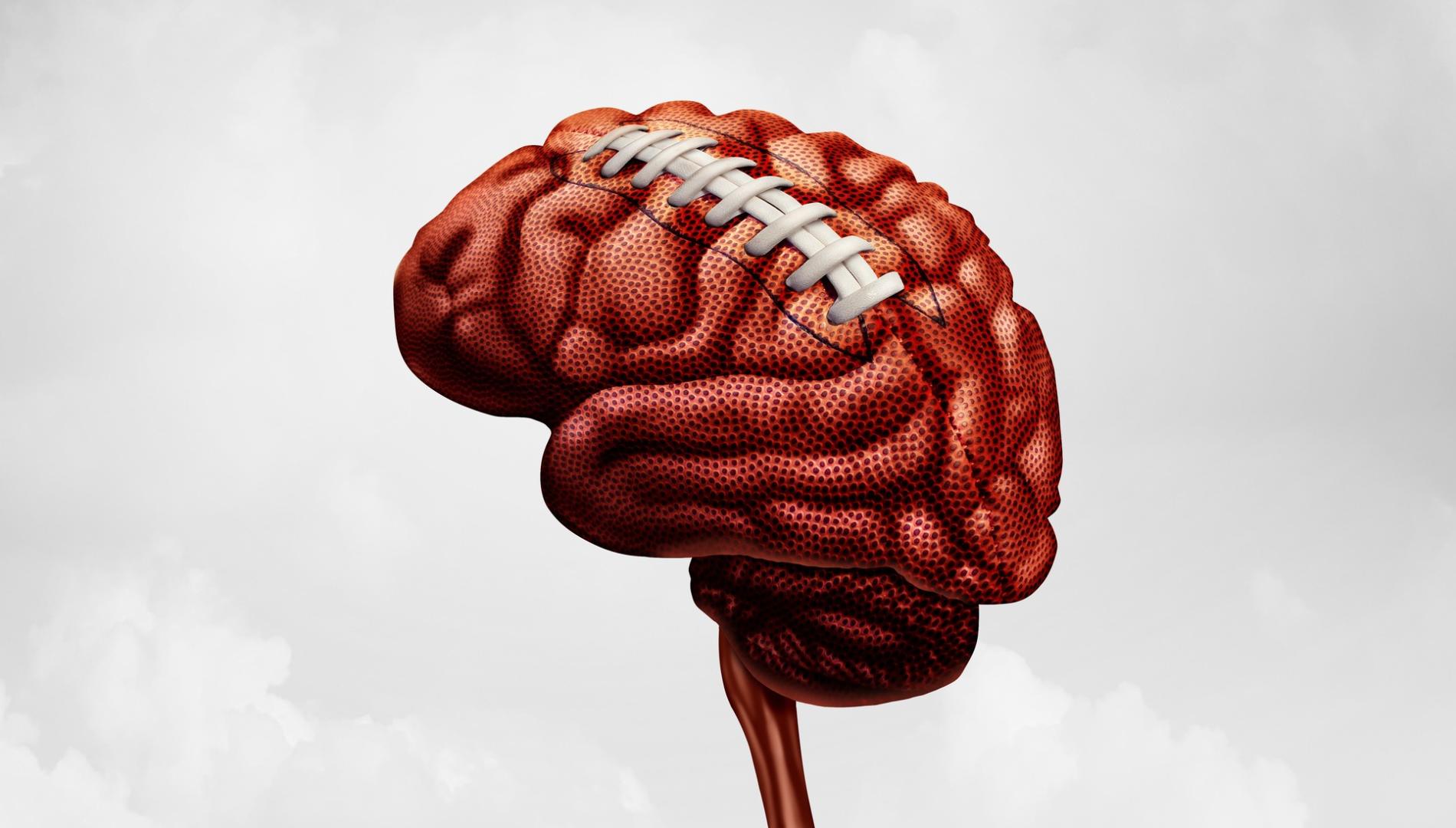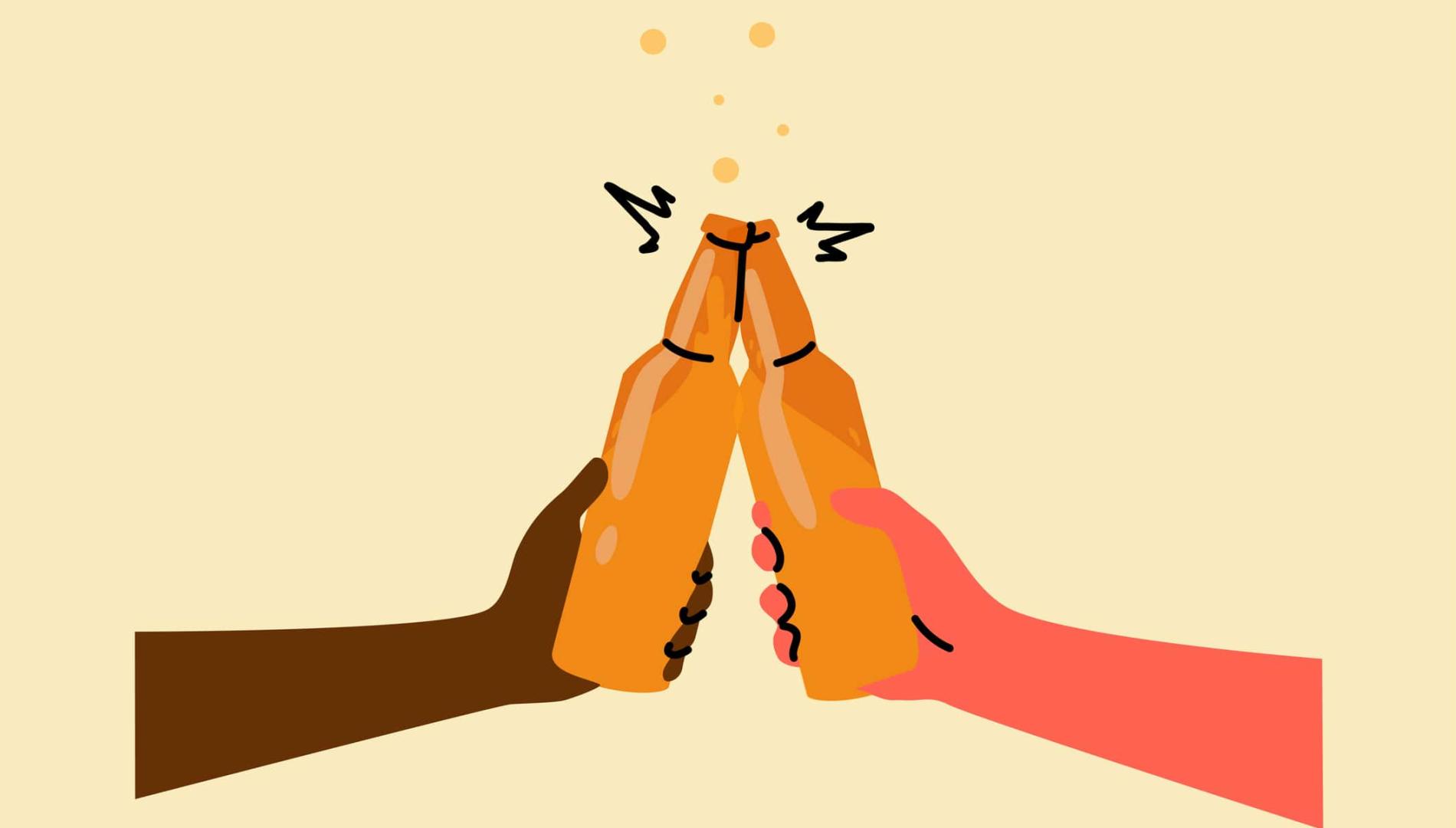The FASTT track: The science of sleep, performance and women’s sport
In women’s footy, North Melbourne are the team to beat. Their AFLW team won the premiership and the minor premiership unbeaten last year. Their season begins on 16 August against Geelong.
The VFLW team, meanwhile (recently renamed North Melbourne Werribee), are also premiers, and are on track to do so again as their season heads towards finals with them top of the ladder.
But when North’s VFLW players started back in March for this year, at the famous Arden Street Oval in North Melbourne, they were joined by Monash University researchers working on the first stage of a mutli-year project called FASTT – Female Athlete Sleep, Travel and Technology.
Thirty VFLW players wore WHOOP (a project partner) devices to track sleep and physiology (heart rate and heart rate variability) over the course of the season. The team also underwent physical and cognitive testing monthly, along with a detailed physiological assessment to look at melatonin rhythms, and collected data on menstrual cycles, performance and mood.
After a few weeks of baseline testing, the players were matched with a behavioural coach with expertise in sleep science and went through a four-week “behavioural intervention” called SCIMA, or Sleep And Circadian Intervention For Mental Health And Mood In Athletes, with the development of this led by PhD student and team member Elie Walsh.
The data will be used to develop a digital sleep optimisation program to help physical and mental health in either the general or sporting community.
Real-world research
FASTT is led by Dr Elise Facer-Childs and her team from the School of Psychological Sciences, funded by the Australian Research Council, industry, and the Wu Tsai Human Performance Alliance.
Dr Facer-Childs’ lab focuses on sleep, chronobiology, mental health and physical health, doing real-world research rather than clinical.
“We need to understand more about these areas, particularly in females,” she says. “We want to explore how body clocks and sleep influence both physical and mental health, and how these factors can be used to optimise or enhance health and performance.”
“Athletes are a really good group to investigate because they're looking for marginal gains in performance” she says, “and a key focus for my team is the lack of research in female athletes. Only 6% of sports science research has included female athletes, meaning they’re a hugely under-represented population. This has led to large generalisations that need to change.”

High-performance applications
Dr Facer-Childs says while the unique research and outcomes can broadly apply to anyone, “the findings of this particular study could benefit elite sports organisations and have the potential to be applied in other high-performance settings”.
The FASTT research team includes global experts in sleep science, sports medicine, and performance optimisation, with key industry partner Readiness, wearable technology partner WHOOP, and sports partners – the Southside Flyers from the Women’s National Basketball Association and GreenEDGE Cycling, a UCI cycling team.
Researchers say they’re working towards eventual product development by recreating (digitally) the program or the intervention.
Read more: The circadian rhythm of life: ‘If we disrupt the light cycle, then you’ll die earlier’
North Melbourne’s Tricia Cowan, who’s also played for Collingwood, appreciates the research.
“As athletes, we want to improve in any means necessary, and the way that happens is through research and seeing what works and doesn’t,” she says. “It won’t only help our performance, but help bring awareness to the importance of being represented in research to understand the differences between athletes and ensure we can have access to the best practices for success.
“We understand that sleep and recovery ensure all athletes perform better, but what are other aspects of female athletes that would differ from what we already know about male athletes and performance? It would be great to have answers for younger female athletes in the future to ensure they can be best set up for success in whichever sport they desire.”
Maddison Rocci is an Australian professional basketball player for the Southside Flyers. She’s represented Australia in the Opals. “Female athletes have unique physiological, hormonal and psychological considerations that may influence their sleep patterns, and affect their performance,” she says.
Motivated to improve
Dr Facer-Childs says North Melbourne VFLW embraced the project.
“The club, both staff and players, are very interested in it and have been great to work with. Over the past 10 years we’ve seen a huge increase in the interest in sleep in sport.
“However, the majority of messaging is educational, stressing the importance of sleep, not providing strategies around how to achieve better sleep. That’s why we’re trying to do things differently with this project.
“Real-world research can be difficult due to the number of external influencing factors, but we need to design more tailored interventions to provide solutions.
“Most of the athletes were really motivated,” she says. “Behavioural change is very difficult to accomplish, but preliminary findings suggest we've got some promising results for improving sleep and cognitive performance.”






